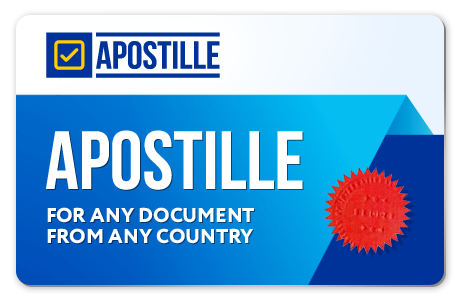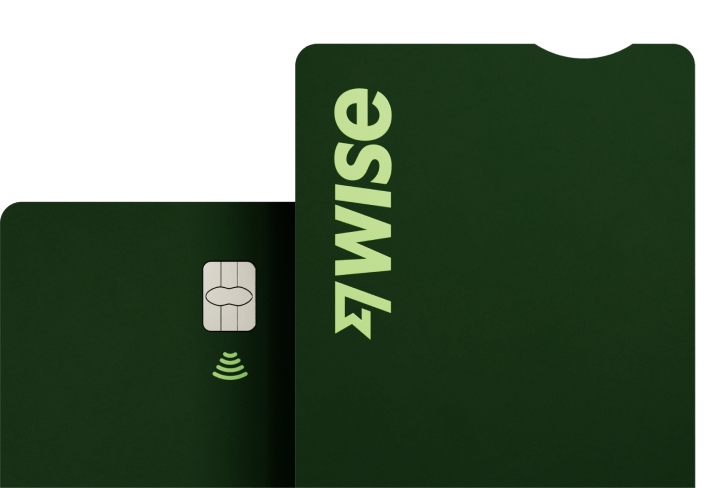Before we start to talk about this, I should point out that very few people mine for
BitCoins. You don.t need to mine to use BitCoins; people who mine usually either do
it for fun or are prepared to take a risk with a business that is very likely to make less
than invested.
What is BitCoin Mining?
Although BitCoin is a distributed, peer-to-peer currency, it has to have a set
capacity for it to retain its value. For this reason, there will be a total of just under 21
million BitCoins available for circulation.
However, if 21 million BitCoins were to become available all at once and there
wasn.t enough demand for them, the BitCoins would be essentially worthless. For this
reason, the rate of new BitCoins entering circulation must be tightly controlled so
that BitCoins do not flood the market, instead being introduced gradually over the
next 100 years or so. This is where BitCoin mining comes in.
BitCoin mining is the process of using a computer to generate blocks, which are
used to process and verify the transactions which occur between the time the block
was generated and the time the previous block was generated. Blocks contain data
from the previous block so as to create a block chain, which contains information
about every transaction within the chain.
Creating a block requires a lot of work, which translates to a lot of time and a lot of
computer processing power. So, as an incentive, anybody who successfully creates
a block is given a reward (currently 50BTC, worth roughly 500 USD at the time of
writing) as well as any transaction fees included in the transactions hashed in the
block.
Total BitCoins over time
There are a few catches, though. The network is designed to maintain a block
production rate of a new block every 10 minutes (or 6 blocks an hour). As more
people begin to mine with more powerful computers, the difficulty is adjusted so
that it takes longer for a block to be produced (making it harder for each individual
to be the producer of a block).
The other catch is that the reward for each block produced is halved every 210,000
blocks. Currently there are around 142,000 blocks in existence, so it will be a while
before the reward amount falls. When it does reach 210,000 blocks, though, the
reward will drop to 25BTC. When 420,000 blocks have been produced, the reward
will fall to 12.5BTC, and so on and so forth.
Once the 21 million BitCoins have been produced there will no longer be a reward,
although the producer of the block will still receive all transaction fees for that block
(which, by this point, will be significant enough to be a reward in itself).
What do I need to mine BitCoins?
At its most basic, all you need for BitCoin mining is a computer with a BitCoin mining
application and an Internet connection. Having said that, there.s a difference
between mining BitCoins and mining BitCoins well. The applications used for mining
BitCoins make use of your graphics card, which can carry out many calculations at
the same time (far more than possible with even the best CPUs). Put simply, more
powerful graphics cards can carry out more calculations at once and carry them
out faster.
BitCoin mining performance is measured in hashes per second (hash/s), or the
number of times the graphics card can convert the data supplied to it into a fixed-
length string of characters. When a hash is generated with the correct value a block
is created, so the higher the hash/s value of the graphics card, the faster it is likely to
create a new block.
Most mid-range desktop graphics cards today (such as the AMD 6750 for $120) are
capable of producing around 170Mhash/s (Megahashes per second) - that.s 170
000 000 hashes per second.
On the flip side, some people build servers made specifically for BitCoin mining.
These may have 3 or 4 of the most powerful graphics cards currently available,
which working together are able to produce over 2Ghash/s (Gigahashes per
second) - that.s more than 2 000 000 000 hashes every second.
Having said that, you can still successfully mine by using the graphics card in your
computer, although upgrading it to a more powerful graphics card to improve
performance can still be beneficial.
To mine using a Mac you really want to be running Snow Leopard or later – earlier
versions of OS X can.t make use of the graphics card and are too slow to be worth
the hassle.







